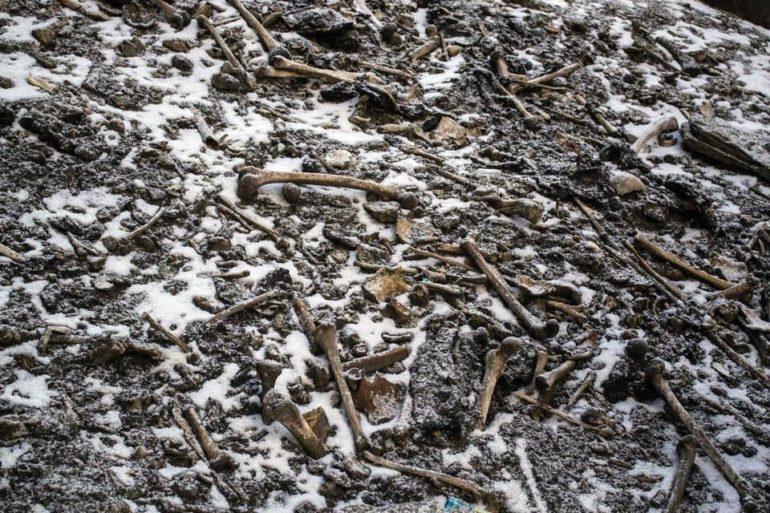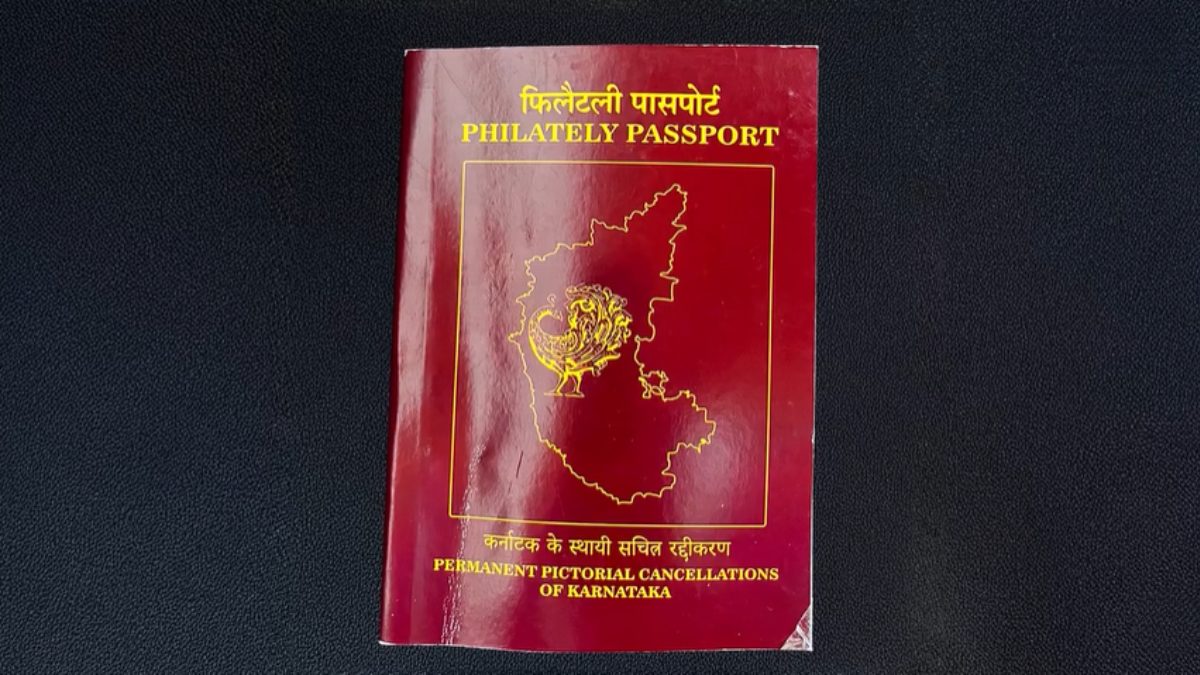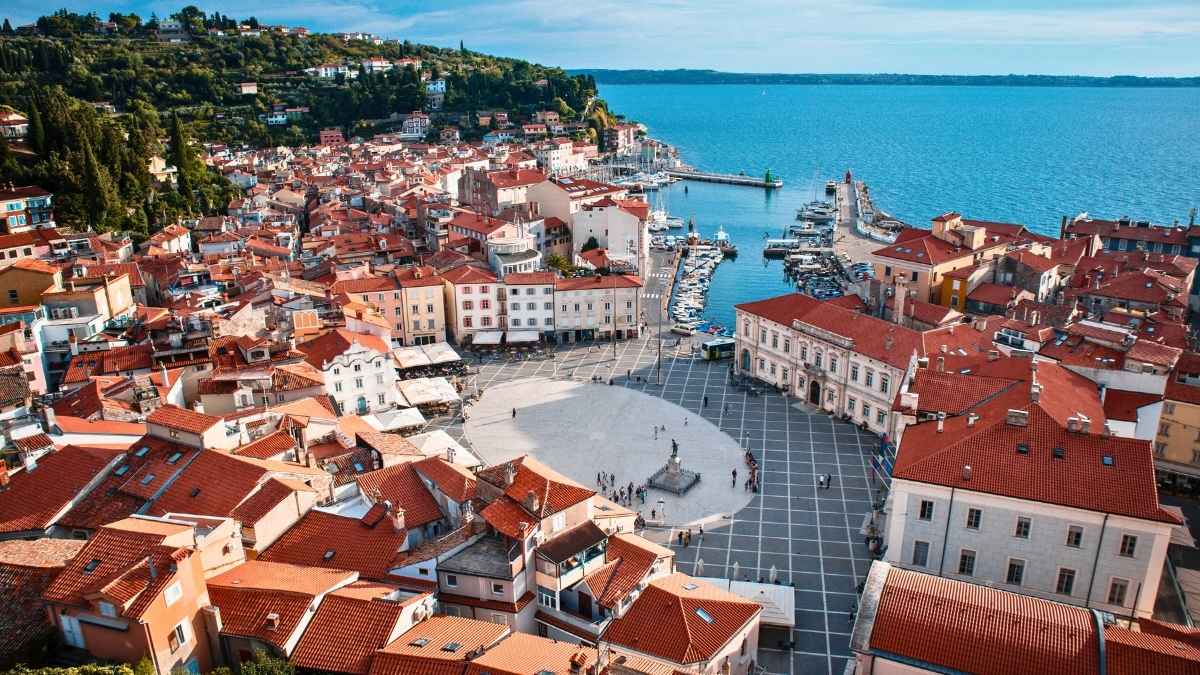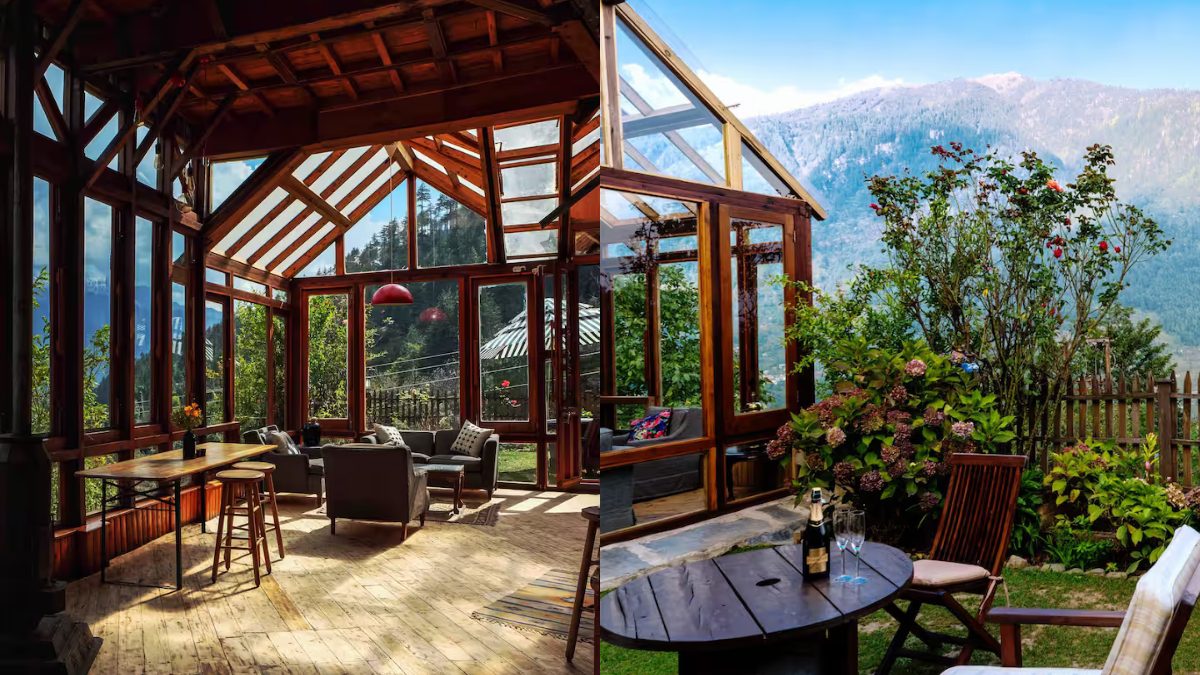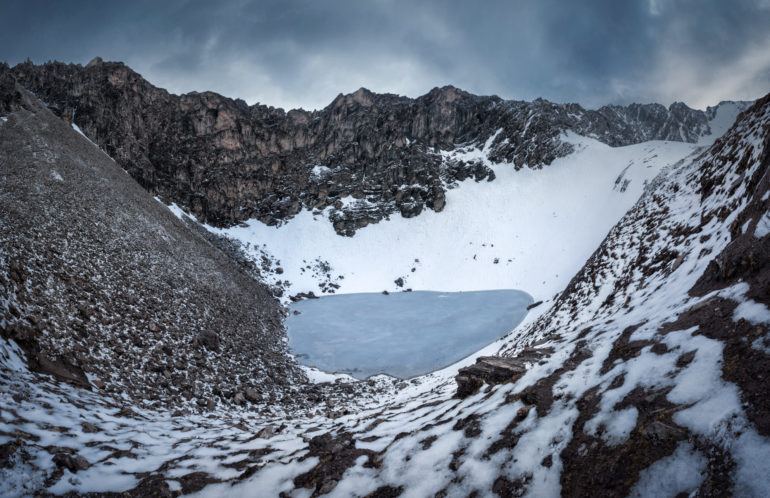
Theories Around The Skeletons Found In Roopkund
In 1942, a British forest guard in Roopkund, also known as Skeleton Lake of India, made a shocking discovery. He found hundreds of skeletons in the shallow lake of about 2 meters.At first, it was assumed that it was a troop of Japanese soldiers, who were crossing through the Himalayas during World War II but the remains were too old for that. Other theories suggested natural disasters, epidemics, and even mass ritual suicides.
A local legend describes that the Mountain Goddess Nanda Devi had sent a fierce hailstorm to punish a group of pilgrims who had polluted the purity of her sacred grounds by playing music and dancing.
What’s interesting to note is that the Nanda Devi Raj Jat, a large celebration where Goddess Nanda is worshipped, takes place once every 12 years at Roopkund.

What Does The Latest Study About The Skeletons At Roopkund Say?
In a study published by Nature Communications in 2019, researchers linked 38 skeletons from the lake to three distinct groups of individuals. These comprised of 23 men and women of South Asian ancestry, 14 with genes associated with the Eastern Mediterranean region and one individual with Southeast Asian-related DNA. However, what is most intriguing is that these skeletons were not deposited in one go, but on different occasions.
While the skeletons with South Asian ancestry date to around 800 A.D.; the eastern Mediterranean group and the Southeast Asian individual dated to 1800, which is almost around 220 years ago. Spooky right?
According to an earlier study, similar head wounds were found on a group of skeletons, which dated to A.D. 850, which made the scientists conclude that a possible hailstorm in the region had killed the entire group. This theory is creepily close to the local legend described above. While this theory fits perfectly for the South Asian group, who must have faced a mass death during a religious pilgrimage, what the eastern Mediterranean ancestry group did at the site is still unknown.
The Roopkund lake remains frozen for much of the year and is accessible only through a multiday trek into the Himalayas. As it is a popular trekking destination, it has been reported that tourists have been taking away bones as souvenirs. However, efforts to preserve this spooky archaeological and mysterious site should prevail.
Also Read: Gairsain Will Soon Be Uttarakhand’s Summer Capital

